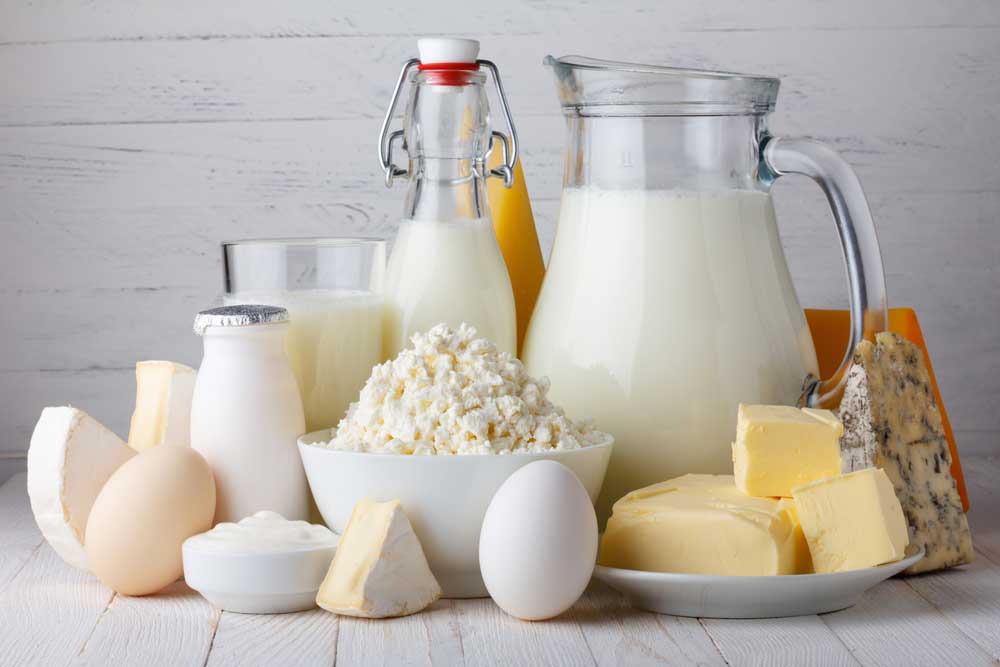Dairy farms with more than 1,000 cows now comprise nearly 50 percent of the dairy industry, up from only 29 percent the decade prior, showing consolidation of dairy operations has increased significantly. These larger dairy operations have taken advantage of economies of scale to survive the price cycles the dairy industry has come to know. Now, the dominance of these larger dairies has led to a structural shift, which may mute the price cycles in the years ahead and lead to longer periods of lower prices, according to a new report from CoBank’s Knowledge Exchange Division. Since the mid-1990s, the dairy industry has operated in fairly predictable three-year price cycles. Dairy producers generally expanded their operations after a profitable year during this cycle, while some struggling operations were sold or merged during the low points in the cycle. Beginning in 2015, a prolonged period of low milk prices has strained most small scale dairy farms without the relief of the expected peak year of price recovery. “The new reality is a milk supply that is less responsive to short-term price shocks since that supply is coming mostly from large operations that can withstand lower prices,” said Ben Laine, senior dairy economist with CoBank’s Knowledge Exchange Division. “Smaller dairy operations are finding it nearly impossible to compete in the commodity milk market against their larger counterparts, so they are forced to either leave the business or find a higher value niche market for their milk.” The consolidation effect is self-perpetuating, according to Laine. As consolidation happens, larger dairies are best positioned to keep producing milk, despite lower prices, which keeps prices low and puts pressure on the smaller dairies. This new reality in the industry comes with some new risks, according to Laine. “The largest risk with a densely concentrated milk supply is disease or natural disaster,” said Laine. “A disease outbreak or natural disaster could quickly impact a much larger share of dairy production when it is concentrated in fewer farms.” Likewise, the new structure of the dairy industry is not completely negative for smaller dairies. While large operations can produce a lot of milk for lower costs, smaller dairies can adapt much more quickly, said Laine. “Smaller dairies can position themselves to adapt to new market realities,” said Laine. “They tend to be much closer to consumers and can more quickly respond to market opportunities like organic, grass-fed, local and other options marketed as premium dairy products.
Structural Shifts In The Dairy Industry Lead To A New Era Of Price Cycles by CoBank
